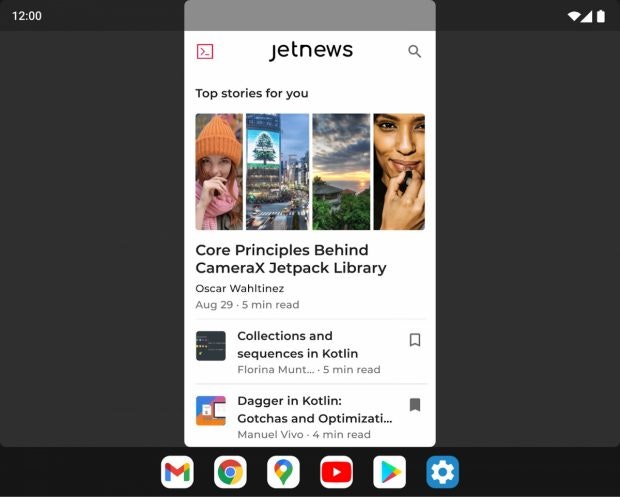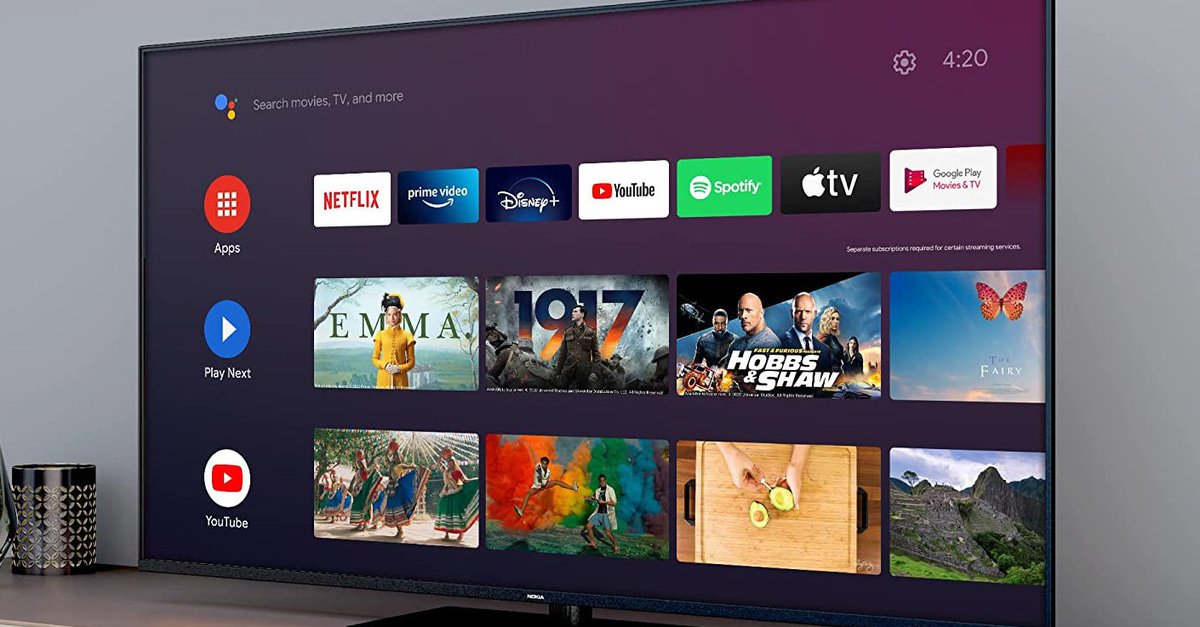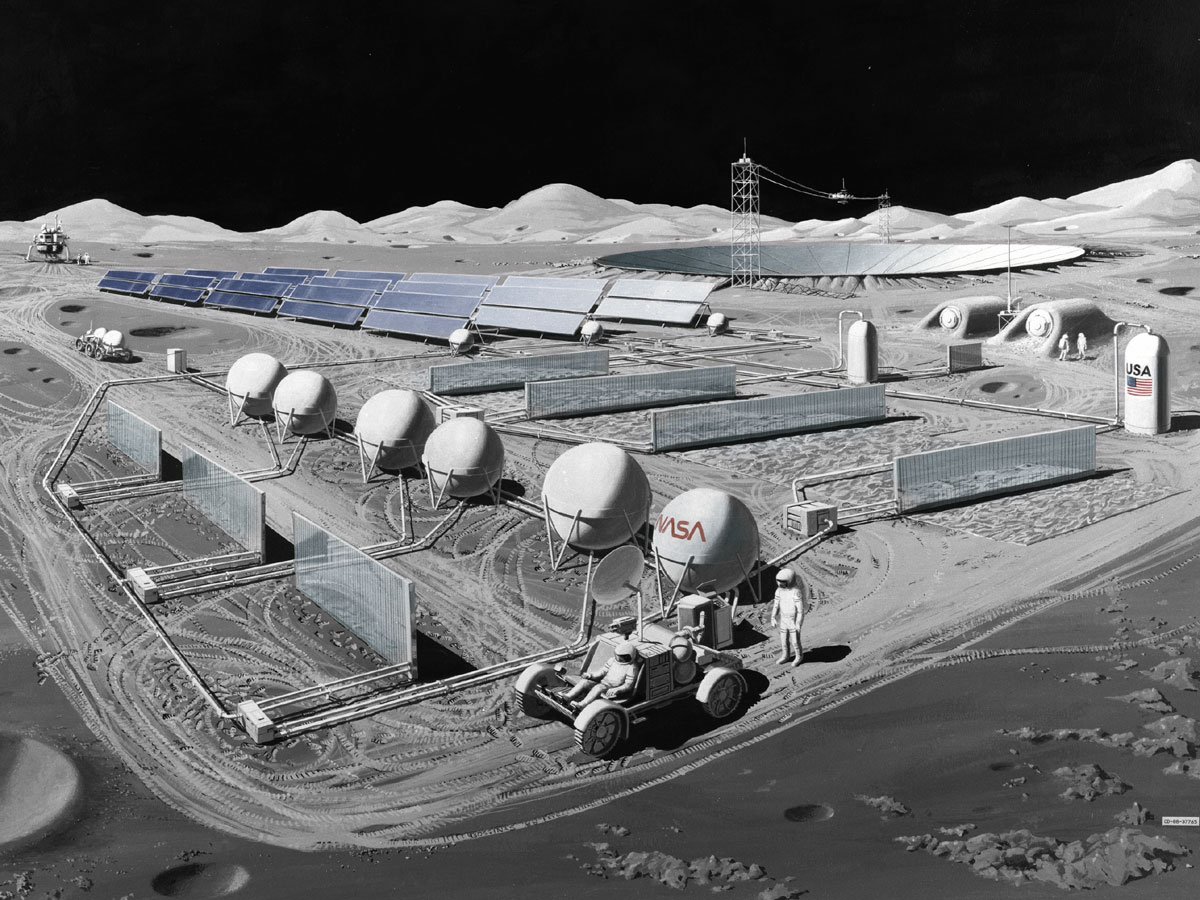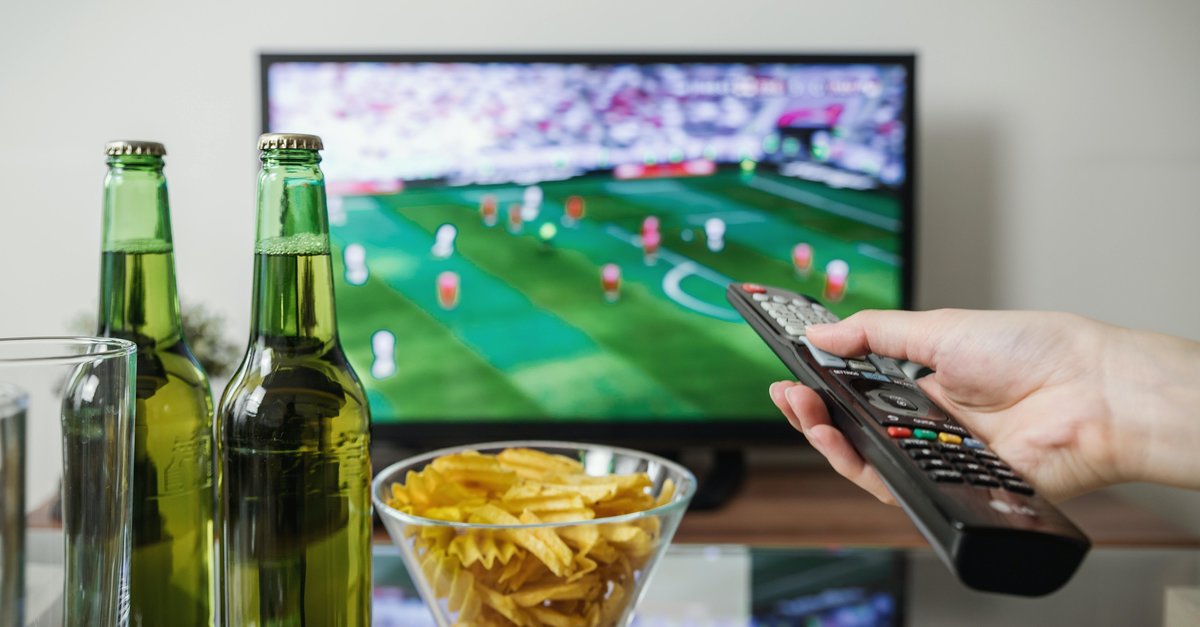Google announces feature drop for foldables, tablets and Chromebooks
Rumors have been circulating for a few weeks about an update to Android version 12.1. The naming was apparently a small mistake, as Google has now announced Android 12L as a so-called “feature drop” in the course of the “Android Dev Summit”. Among other things, the new version should ensure that Android runs more smoothly on large screens and foldables.
As Google explains, the new Android version should optimize the layout of the user interface for foldables and also adjust the placement of the start screen, lock screen, notifications, quick settings and more. According to Google, every screen with 600 dpi (pixels per inch) and more should display a two-column layout that uses the entire screen.
Android Feature Drop: 12L is designed to provide an optimized user interface for larger screens. (Image: Google)
In an example demonstrated by Google, the quick settings are moved to the left side of the screen, while the notification panel is located on the right side. In this way, you can access both at the same time, without having to open one app and close another.

Android Feature Drop: 12L with improved multitasking. (Image: Google)
A new taskbar is also being introduced with Android 12L, which should make it easier to switch quickly between different apps on large screens. Dragging and dropping an app from the system tray will open it in split-screen mode. According to Google, this feature will be enabled for all apps, regardless of whether they can be resized or not.
[crosslinkls ids=“1358796,1417901,1420244″]
Another innovation from 12L is a improved letterboxingthat should make apps look more appealing. Google wants to allow device manufacturers to change the size, shape and color of letterboxing, add rounded corners and optimize the position of the inserted window.

Android Feature Drop: 12L brings improved letterboxing for apps. (Image: Google)
With Android 12L, Google is also delivering new APIs with which applications can display multiple activities at the same time – Google calls this “activity embedding”. For example, it is possible to display a Google Drive folder on the left side of the screen and a PDF preview on the right, or to have two Google Docs documents open side by side. This function is supposed to work seamlessly with foldables, whereby the views are stacked and removed again when a device is closed or opened. According to Google, apps can also hook into an API that makes them “foldable”. This is to avoid that contents are covered by folds or hinges.
The release of the final version of Android 12L is planned for the beginning of next year. Developers can now download the new functions from the corresponding developer preview page in order to try out the functions in the Android Studio emulator, for example. Google is also working with OEM partners to develop the Android 12L Developer Preview for some devices. Among other things, there is a version for that Lenovo P12 Pro in progress.
With the 12L update, Google shows that the company sees foldables as a relevant product category. So far, almost only Samsung has reported initial successes with its Z Fold 3 and Z Flip 3 (test) models, but there are indications that Google is also working on one or even two of its own devices, which may be revealed in the not too distant future . But other Android partners such as Xiaomi, Oppo and others are sure to have one or the other foldable device under development.


